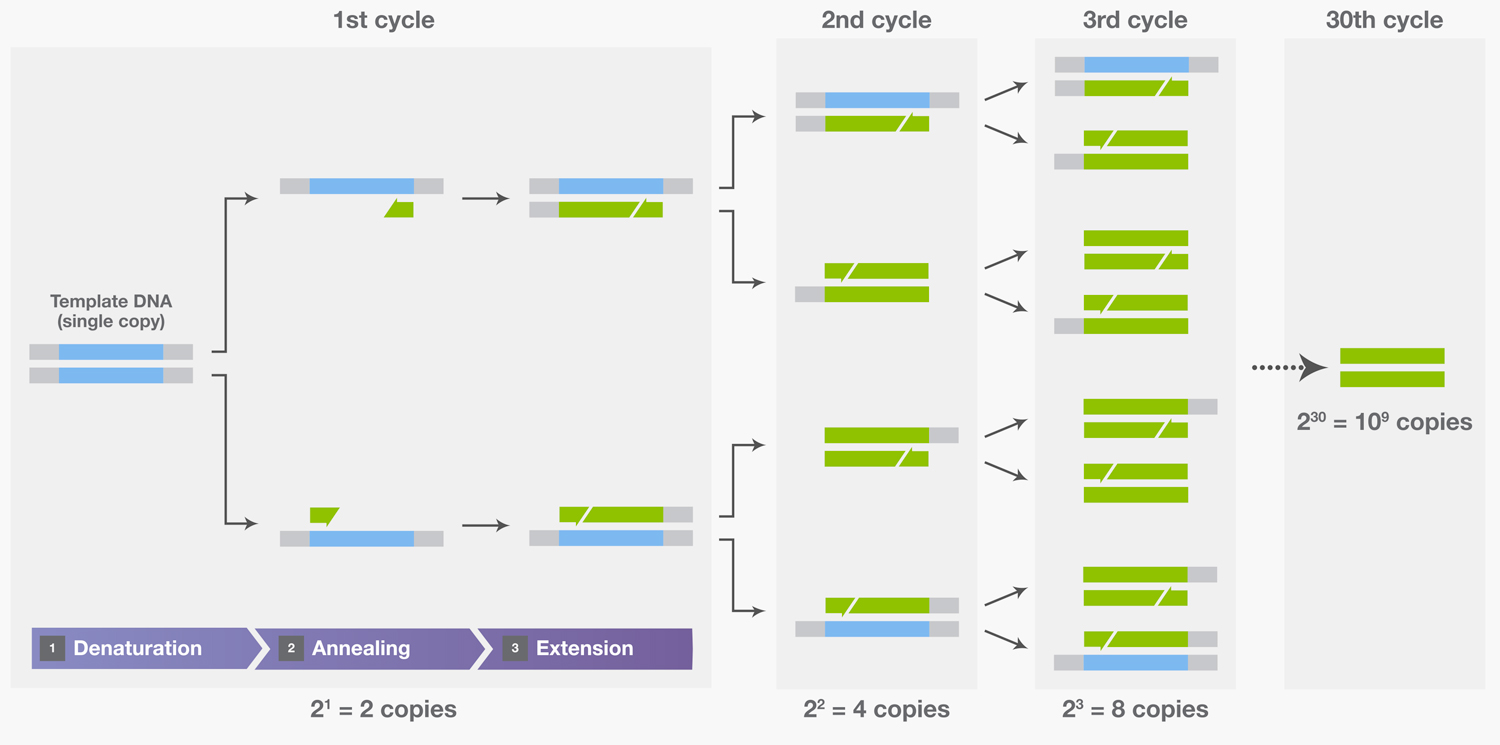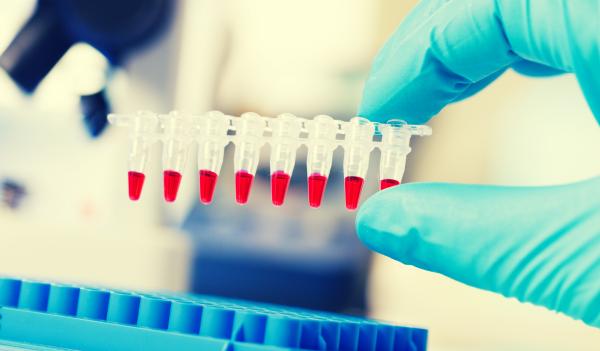Let's say that you are studying cystic fibrosis (CF), an inherited disease, and you want to work on the genetic basis of the disease. In order to do that, you need to do an experiment with the gene that is responsible for causing CF. For many diseases (think autism spectrum disorder) this is incredibly challenging because there are many genes responsible for the disease. In contrast, with CF, there is one gene, the 'cystic fibrosis transmembrane receptor,' (CFTR) that, when mutated, causes CF. Different CF patients can have different mutations, but, what they all have in common is that the CFTR is somehow not working to its full potential, which is what causes the disease.
To start your work, you need to get DNA from people who have CF - that's easy enough to do with a cheek swab.
But, now comes the hard part. You have to access the specific CFTR gene, and that's a lot more difficult. CFTR happens to be an incredibly large gene (around 200,000 base pairs) found on chromosome 7. But, the human genome is made up of 3 billion base pairs that encode 20,500 genes. So, how can you work with the CFTR gene alone, without all of that other DNA getting in the way?
This process was made possible through the innovation of Kary Mullis (for which he won the Nobel prize in chemistry in 1993.) He developed a technique called the polymerase chain reaction (PCR) that revolutionized molecular biology by developing a way to make many more copies of one specific gene in the genome - in a test tube. This allows scientists to be able to isolate their gene of interest, make many copies of it, and then go on to further experiment with it.
In order to do a PCR, the following components are put into a test tube:
- A template strand of DNA
- In our example, this is the human DNA from the cheek swabs
- A DNA polymerase
- An enzyme that makes DNA
- Deoxynucleoside triphosphates (dNTPs)
- When strung together, these will make the new DNA.
- A solution that is called a "buffer" which is needed to provide the correct environment for the reaction.
- Two primers (roughly 20 nucleotide long (small) pieces of DNA)
- These are going to tell the DNA polymerase enzyme where to start making more DNA - in our case, they will be on the start and end of the CFTR gene. Their location is determined by their sequence. The scientist can change where the primers will bind, simply by changing their sequence.
The main purpose of PCR is to make a lot of copies of one small fragment of DNA. Why? Because you need a lot of DNA in order to be able to do anything with it - sequence it, clone it, change it, or anything else. DNA is so small, many copies are needed to be able to manipulate it in any way.
Once you add the above components to a small tube, you place the tube into a machine called a thermocycler. That machine will then bring the tubes through many cycles of three different temperatures. Here is what occurs at each temperature.
Denaturation (at 96ºC) - the two strands of the double helix (blue in the figure below) will be separated by the high heat, resulting in two pieces of single stranded DNA.
Annealing (around 55ºC) - the primers (green in the figure below) will find their matching sequence in the DNA and bind to one of the single stranded pieces.
Elongation (72ºC) the polymerase will make a new strand of DNA, starting from the primer.

The thermocycler will repeat these three temperatures (96, 55, 72), staying on each one for about one minute - cycling through the different steps. The number of pieces of DNA go up exponentially so that, at the end of 30 cycles, there will be a billion copies of the DNA that you want in the tube. This whole process takes from two - three hours.
I did my PhD well after PCR had been developed and was accessible to any lab that could afford a thermocycler and the reagents - making it difficult for me to have a full appreciation for how revolutionary this technique was and the extent that it changed the field of molecular biology. However, you would be hard pressed to find a biology lab that is not doing PCR daily, and many have several thermocyclers running all day and night, putting PCR in the center of the world of scientific research.




